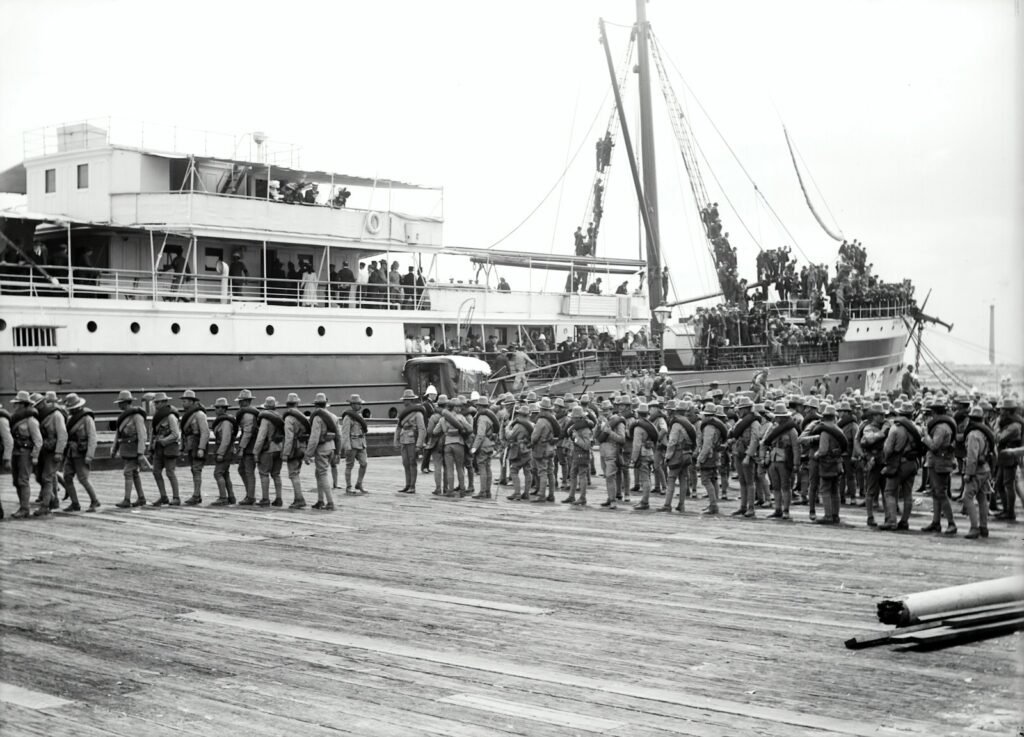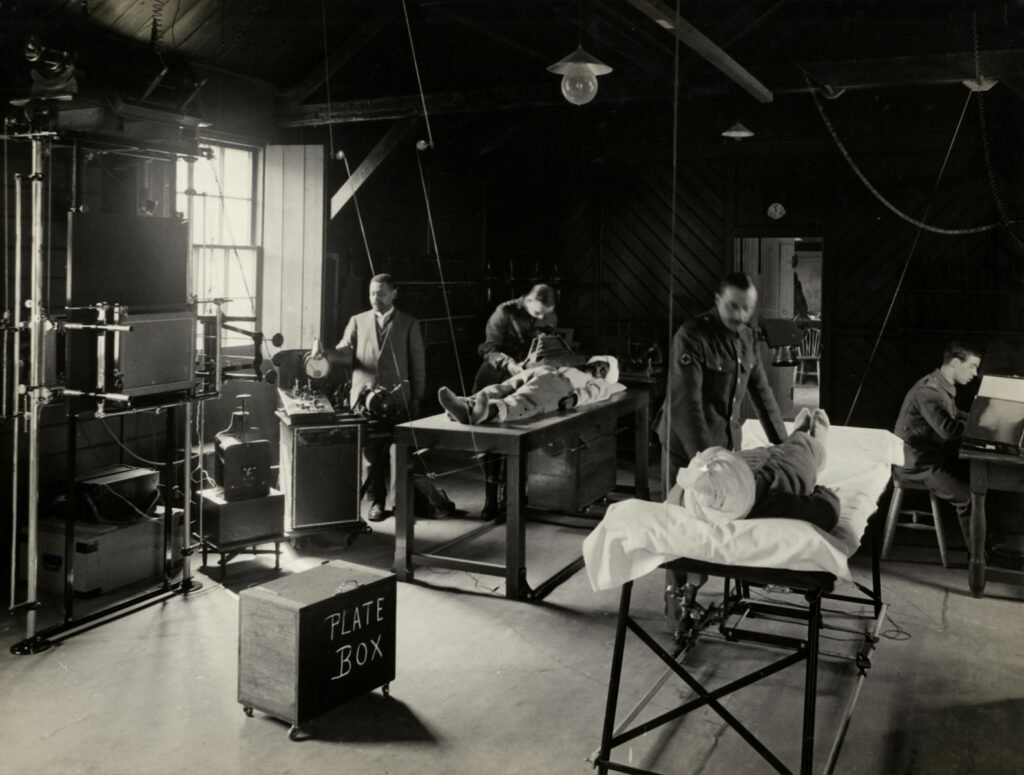
The Rise of Naval Supremacy
In the vast tapestry of time, the 18th century emerged as a perplexing epoch in the ascendancy of naval dominance. As nations grappled for control over the boundless ocean expanse, the necessity for cutting-edge naval advancements surged to the forefront. The United States, a burgeoning titan in its own right, endeavored to carve out its place among global maritime contenders.
The resounding words of John Paul Jones, a legendary seafarer of unparalleled renown, reverberate through the corridors of history: “I wish no ties with ships that languish; my path leads me towards peril.” These cryptic phrases encapsulate the enigmatic essence of an era where velocity and agility held sway over naval conquests. The conception and fabrication of sleek, nimble vessels became a bursty focal point in the relentless pursuit of nautical supremacy, molding the landscape of sea warfare. As America fixated on enhancing its naval prowess, it embarked on an odyssey towards cementing its standing as an indomitable force on a global scale.
Exploring New Horizons
In the unfolding of the 18th century, a fervor for exploration and unveiling gripped the souls of sailors and adventurers alike. The boundless oceans called out with enticing promises of uncharted territories, exotic treasures, and enigmatic tales waiting to be revealed. Ships embarked with a sense of eagerness, ready to navigate through unknown waters and plunge into the mysteries that lay ahead. It was an era characterized by audacious bravery and resolute resolve, where each journey held within it the power to alter the course of history.
One can almost catch whispers of Captain James Cook’s resolute declaration as he set off on his iconic voyages of discovery, “I harbored aspirations not only to venture farther than any soul had traversed before me but as far as human capability allowed.” His expeditions across the Pacific Ocean expanded horizons and pushed back boundaries previously thought insurmountable. The allure of exploration stemmed not solely from a quest for wealth or fame but from an insatiable curiosity to unravel the enigmas shrouding distant lands and civilizations. It was a time when maps were redrawn, revealing a world that appeared grander and more awe-inspiring than ever imagined.
Innovations in Ship Design
In the tumultuous world of 18th century ship design, a whirlwind of creativity surged through the oceans, reshaping the very fabric of maritime construction and steering the course of naval dominance. From the graceful curves of the Baltimore Clipper to the robust structure of the frigate USS Constitution, each vessel possessed distinctive attributes that propelled them to unparalleled heights in maritime supremacy. As tradition dictates, “A ship is always referred to as ‘she’ because it costs so much to keep one in paint and powder,” encapsulating the intricacy and devotion poured into these magnificent creations.
Every plank meticulously laid, every sail strategically rigged, every cannon painstakingly positioned with utmost care not only for seaworthiness but also for an imposing presence on treacherous waters. The illustrious naval architect John Paul Jones once proclaimed, “I wish to have no connection with any ship that ds not sail fast, for I intend to go in harm’s way.” Jones’ resolute words reverberated through the innovative designs of that era where speed and maneuverability became as crucial as power and armament. Each breakthrough, each enhancement culminated in a harmonious blend of design brilliance that not only transformed naval warfare but also showcased the resourcefulness and inventiveness of 18th-century shipwrights.
Key Naval Battles of the 18th Century
The 18th century was a time of chaos and uncertainty on the high seas, where pivotal battles shaped the very fabric of history. One such momentous clash was the Battle of Quiberon Bay in 1759, where Admiral Sir Edward Hawke uttered cryptic words that reverberated through time – “The sooner we engage the enemy, the better.” With unparalleled cunning, the British fleet unleashed a torrential onslaught upon the French forces, solidifying their grip on maritime supremacy.
Equally enigmatic was the Battle of the Chesapeake in 1781, a turning point in the tumultuous American Revolutionary War. Admiral de Grasse’s gallant French armada played an enigmatic role in ensnaring General Cornwallis at Yorktown, leading to his bewildering surrender. As General Washington emphatically declared with fervor – “The navy and army must intertwine as one entity. There is no clearer testament to this essential unity.” This triumph ultimately laid down intricate pathways towards American autonomy and emergence as a perplexing new nation.
Navigating the High Seas
The tumultuous waters of the high seas in the 18th century posed a formidable challenge to sailors. Relying on nothing but their instincts, the celestial guidance of stars, and the unpredictable winds, they embarked on treacherous journeys across vast expanses of uncharted waters. Devoid of modern navigational luxuries like GPS, their navigation was a true test of skill and valor.
At the forefront of this daring maritime exploration stood Captain James Cook, a legendary figure whose understanding of the complexities of navigation was unparalleled. In his own words, Cook expressed an insatiable ambition to push beyond known boundaries and reach new horizons that had never been ventured before. His audacious expeditions into the Pacific Ocean not only expanded our geographical knowledge but also redefined our perception of the world we inhabit. Through meticulous mapping efforts, Cook paved the way for future explorations and underscored the critical importance of precise navigation in maritime ventures.
Despite facing daunting perils and uncertainties at every turn, sailors in the 18th century embraced with fervor the exhilarating thrill that accompanied navigating through uncharted waters. Their unwavering courage and relentless determination left an indelible mark on history by ushering in groundbreaking discoveries, establishing lucrative trade routes, and fostering cross-cultural exchanges. Reflecting upon their awe-inspiring feats allows us to grasp a deeper appreciation for how pivotal a role navigation played in shaping our contemporary world as we know it today.
Colonial Expansion through Naval Power
As we venture into the realm of colonial expansion through naval might, one cannot help but be astounded by the audaciousness and grandeur displayed by seafaring nations in the 18th century. The sheer ability to extend influence across vast oceans and plant roots in remote territories stands as a testament to the resourcefulness and unwavering spirit of naval powers during this epoch.
It is impossible to broach the topic of colonial expansion without delving into the enigmatic figure of Admiral Horatio Nelson, whose tactical genius and unyielding valor charted a course for British naval dominance. In his own words, “England expects that every man will do his duty,” encapsulates the ethos of commitment and orderliness that characterized the Royal Navy’s supremacy on tumultuous waters. The profound impact of British naval prowess on colonial expansion cannot be overstated; it facilitated the formation of an empire where daylight never waned. The triumphant voyages to distant lands, driven by an insatiable thirst for territorial growth, not only shaped history but also laid down the framework for our contemporary world.
Piracy and Privateering
In the tumultuous era of the 18th century, pirates and privateers roamed the vast expanse of the high seas with an air of audacity and recklessness. Their very presence instilled a sense of unease among merchant ships, as they sailed in search of riches and plunder. With their flags billowing in the wind and weapons gleaming in hand, these seafaring adventurers struck fear into the hearts of sailors far and wide.
Amongst these enigmatic figures was Blackbeard, a notorious pirate known for his fearsome countenance and imposing figure. Legend has it that Blackbeard once uttered words that resonated with defiance against societal norms: “Cursed be ye, you are nothing but a cowardly cur, just like all those who bow down to laws crafted by wealthy men for their own protection.” His declaration encapsulates the rebellious nature shared by many pirates who defied conventions and charted their own course on the open waters.
Exploring the Pacific Ocean
The Pacific Ocean, with its vast expanse shrouded in mystery, has always captivated explorers, adventurers, and dreamers alike as they sought to uncover its enigmatic secrets and hidden treasures. In the 18th century, this great azure abyss called out to sailors from distant shores, offering a tantalizing mix of danger and opportunity. Departing from bustling ports in the young United States, ships braved the unknown waters of the Pacific Ocean, evoking a sense of wonder and bewilderment among those courageous enough to answer its alluring call.
From the audacious exploits of Captain James Cook to the legendary tales of pirates and merchants traversing its waves, the Pacific Ocean served as a dramatic backdrop for both triumphs and tragedies in maritime history. Its uncharted territories held promises of discovery – new lands waiting to be explored, exotic cultures ready to be encountered, and untold riches ripe for plunder – drawing bold sailors into its enigmatic depths. As John F. Kennedy once mused: “We are bound to the ocean. And when we return to it – whether by sail or by gaze – we are retracing our origins.” The exploration of the Pacific during that era not only broadened horizons but also steered nations and empires towards their fates with an air of uncertainty hovering over every voyage undertaken.


